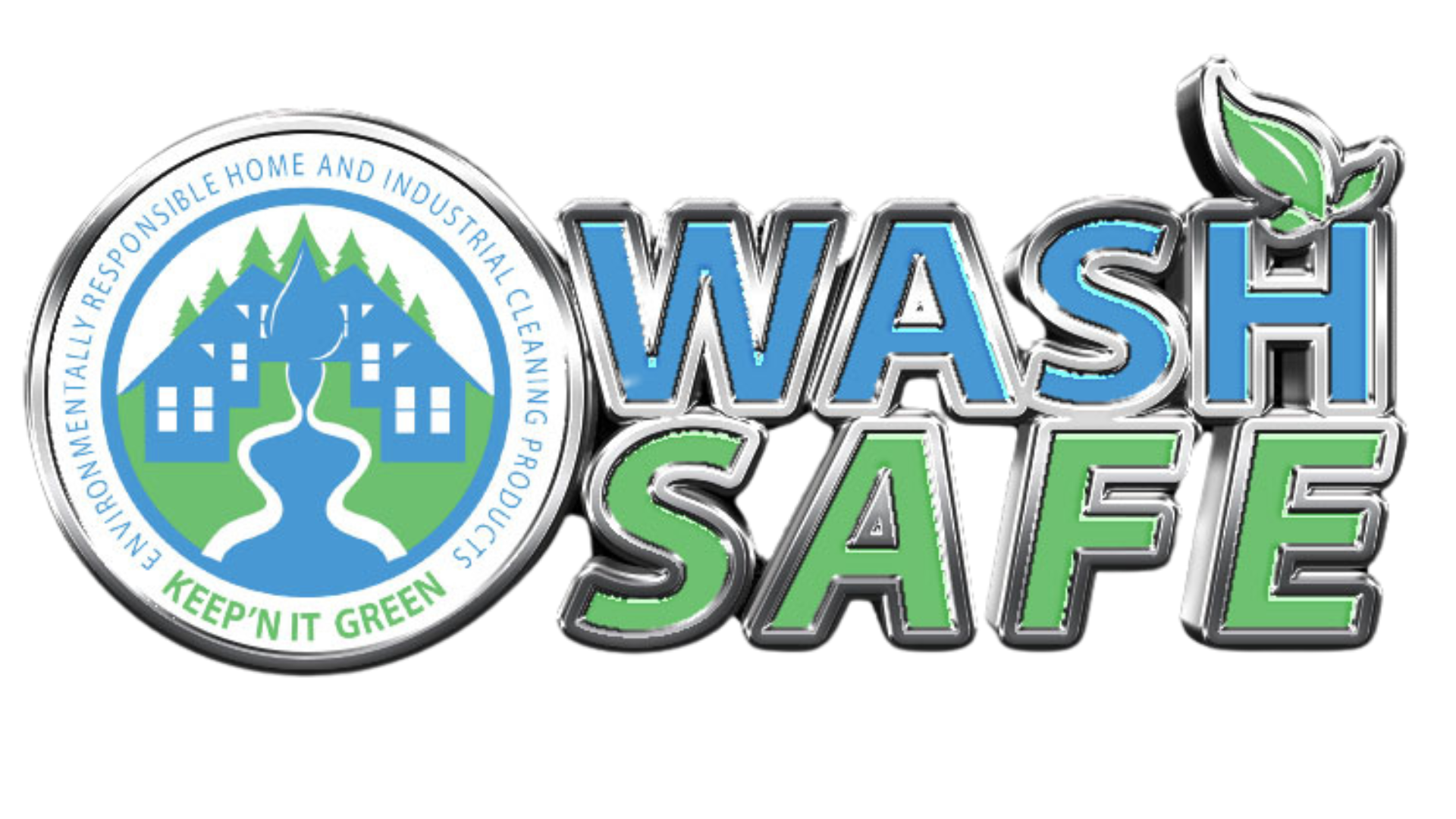Various contaminants can accumulate on your house's siding, affecting its appearance. Here's a breakdown of common growths and their appearances:
Mold:
Appearance: Mold often appears as black or greenish patches on the siding. It has a fuzzy or slimy texture and can spread rapidly, especially in humid conditions.
Mildew:
Appearance: Mildew is a type of mold, typically presenting as a powdery, white or gray substance on the siding. It tends to develop in damp and shaded areas.
Algae:
Appearance: Algae growth can look green or brown and may form streaks or spots on the siding. It thrives in areas with high moisture levels and can make the surface slippery.
Lichen:
Appearance: Lichen appears as a combination of fungus and algae. It can have a crusty or leafy texture and comes in various colors, including green, gray, or yellow. Lichen tends to attach firmly to surfaces.
Dirt and Dust:
Appearance: Accumulated dirt and dust may give the siding a dull or discolored appearance. It can vary in color depending on the type of soil and pollutants in the environment.
Pollen:
Appearance: Pollen often manifests as a yellowish or greenish film on the siding, particularly during the spring. It can accumulate quickly, especially on horizontal surfaces.
Rust Stains:
Appearance: Rust stains may appear as reddish-brown streaks on the siding. These stains are often caused by metal elements in or around the house, such as nails or irrigation systems.
Identifying the specific growth on your house's siding can help determine the most effective cleaning approach - that's what our FREE estimates are for!





















